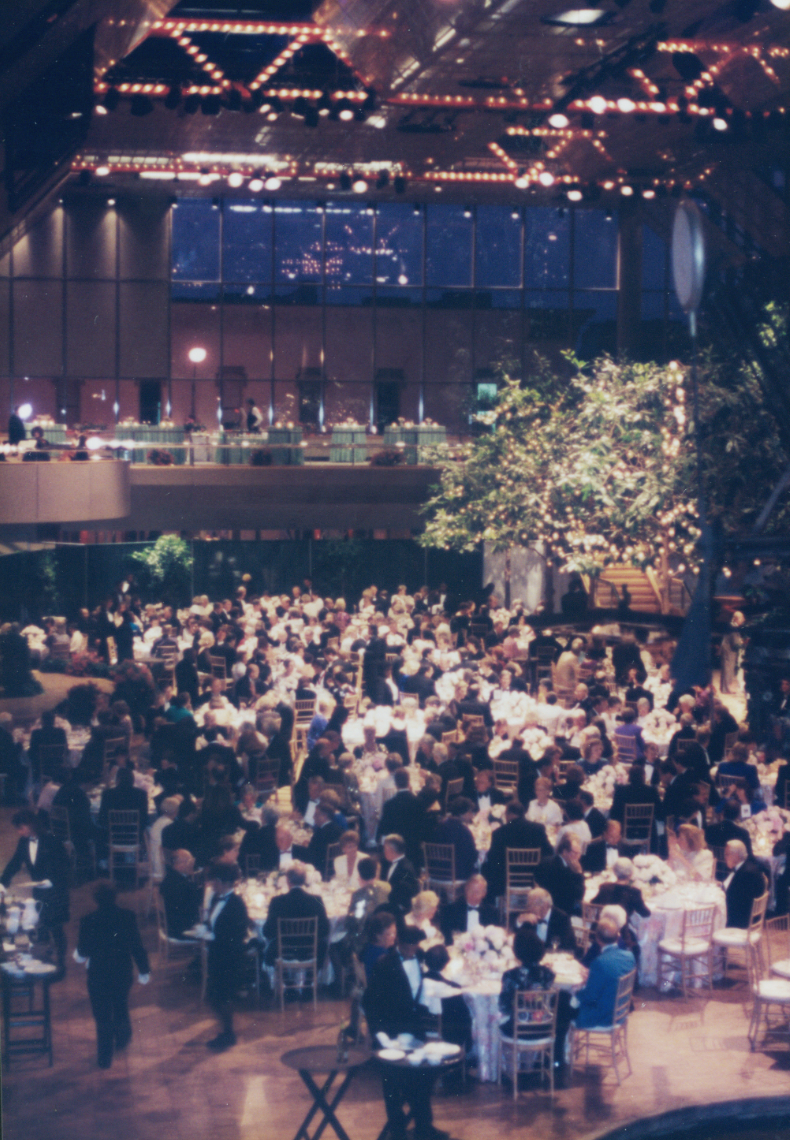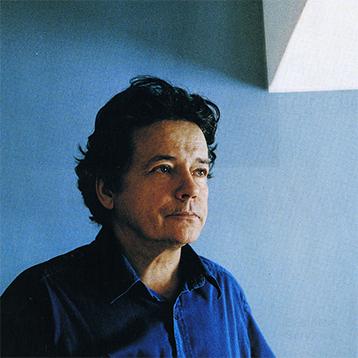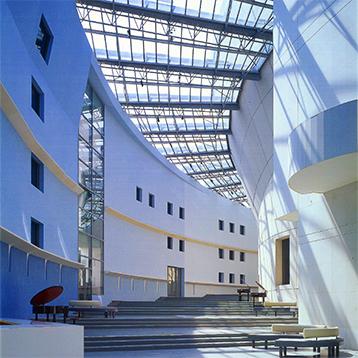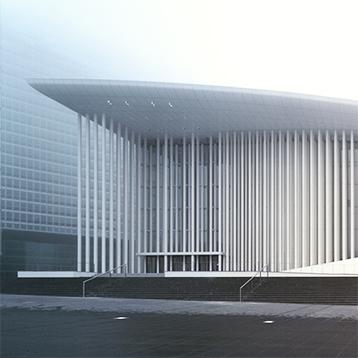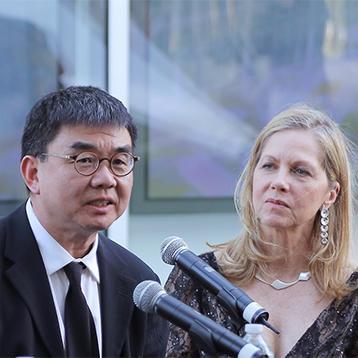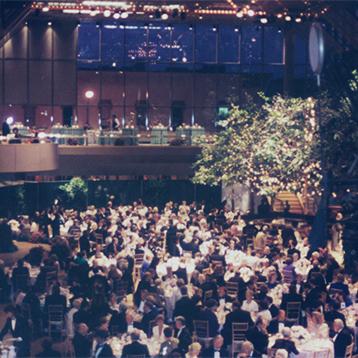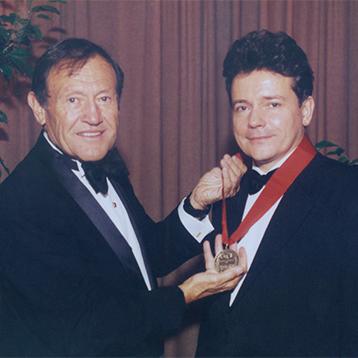Christian de Portzamparc will be celebrating his fiftieth birthday on May 5 (1994), an anniversary that will be made even more memorable by the fact that he has just been named the 1994 Pritzker Architecture Prize Laureate. He is the seventeenth person and the sixth European to be so honored since The Hyatt Foundation established the award in 1979.
Highly respected by architectural cognoscente throughout the world, this relatively young French architect explains that he was “a designer who painted before he decided to study architecture.” While he still paints, he says, “I am not a painter or sculptor, yet.” He is however a frequent lecturer and author. Although he has no built works in the United States, he was one of the finalists in the competition for Chicago’s new Museum of Contemporary Art and an Art Museum for Omaha. Most recently he has gained recognition in Japan where he designed apartment buildings for the city of Fukuoka.
Most of his completed projects are in France, perhaps the most visible being the City of Music, a group of structures situated on the edge of the La Villette suburban park in Paris. The project actually has two phases. The first part, housing the National Conservatory of Music and Dance was completed in 1990. The second part with public spaces for concerts will open next January. Portzamparc says when he began work on the City of Music in 1984, his thoughts were carried back to a house in Brittany, the first thing he ever built, “In that design, each room was like a separate little house,” he says. “I have discovered that each new project is the sum of all my previous works. No new work springs to life without some relationship to past inspiration.”
President Mitterrand is credited with stimulating an architectural renaissance in France with his international competitions for new buildings in his country. He has made his position clear with the oft-quoted statement, “I believe that a people are great when their architecture is great.” Perhaps one of the most widely publicized of the Grands Projets has been the addition to the Louvre Museum by the 1983 Pritzker Laureate, Ieoh Ming Pei.
City of Music, known throughout Europe as one of the Grands Projets, has been praised in the architectural press around the world. Spain’s Interior Architecture and Design (Diseño Interior) magazine said of City of Music: “A building with lyric qualities, full of whiteness and opacity, it is the antithesis of the ethereal transparencies and other technological approaches so typical of the new French academicism.” The formal opening is scheduled for early in 1995.
When the City of Music project was just beginning, another of Portzamparc’s important projects was being completed and hailed as one of the best examples of contextualism in the city. It was the Erik Satie Conservatory of Music and Elderly Housing. This project, which he began in 1981 after winning a competition, has been described as being Post Modern, but the architect himself prefers not to be categorized, and he calls attention to his subsequent commissions as evidence of a much more personal style.
“When I was about 13, I had already become interested in art. But I remember seeing some sketches by Le Corbusier,” says Portzamparc, “and this stimulated my interests not only in art, but it started my thinking about architecture.” It is not surprising that this most famous of French architects has been an influence on a great many architects around the world, including some prior Pritzker Laureates, including Richard Meier and Kenzo Tange, who both cited Le Corbusier as their most important early influence.
Portzamparc began studying architecture in 1962 at the École Nationale des Beaux-Arts in Paris, first under Eugène Beaudouin who encouraged his taste for formal expressionism, and then later under George Candilis who emphasized systematic work on grids and networks.
While still in school in 1966, he had second thoughts about a career in architecture. “Architecture seemed to me to be too bureaucratic, and not free enough compared to art; and the modernistic ideals which I worshiped before, seemed to me unable to reach the richness of real life. I also began to criticize my first influences like Le Corbusier.” During this time of reassessment, he traveled to New York. He spent nine months in the city, living in Greenwich Village, enjoying the artist’s life, mingling with writers, poets and other artists. “I read and wrote and met people,” he says, “I was fascinated by New York.”
When he finished his degree in 1969, he still did not start working as an architect immediately. “I became involved with a group that was studying how people interact with their neighborhoods, doing interviews and studying the buildings and why people liked to live in them and why they didn’t. These sociologists and psycho-sociologists suffered with the hundreds of people they were interviewing. I got a realistic idea of a concrete way to understand architecture as a social responsibility. This was after three years of political discussion about `architecture as an obsolete subject—a discipline unable to change the world.’ I came to realize that architecture might not be able to create utopia, but as an architect, I could help change things for the better.”
He continued the story, “So I quit my vanguard position of the sixties to try to work modestly on what appeared to me to be the great task of architecture: to make a small neighborhood successful, which seemed to be impossible after twenty years of reconstruction in Europe.” Even now, I always consider a building as a part of the whole, a piece which creates a collective performance, which is the city. At the same time, the building must also be a response to a client or user’s needs.”
Portzamparc, in describing his philosophy of design, explains, “I don’t necessarily believe that an object is interesting in itself. The voids around the object can be as important, or even much more important than the object itself. Architecture and the voids created by it can produce movement, but it must all be seen in context, not isolated parts. This is why I insist on the void between buildings. I criticized Le Corbusier’s vision of the city as being made up of isolated parts. I criticized the modern urbanism in its pretention to demolish most of Paris, a common idea in the sixties for renewing the city and making it modern. My view was to embrace the richness of the city as a phenomenon which contains the past (in many different epochs), the present, and the changes for the future.”
He continues, “All of these many different architectures coexist in the city today, but they have evolved slowly throughout history. Our modern era is a violent event in comparison. We must remain conscious that the city (collectively) is more important than each building, but each building can contribute much to create or transform the city. This is what guides me as an architect.”
He opened his first office in 1970, executing his first commission in the following year. It was a water tower for Marne-la-Vallee, based on the Tower of Babel. Placed at the center of a crossroads, the water tower has an outer skin of fine mesh open trellis work covered with climbing plants. It is a monumental symbol giving what had been a non-descript expanse a visual center.

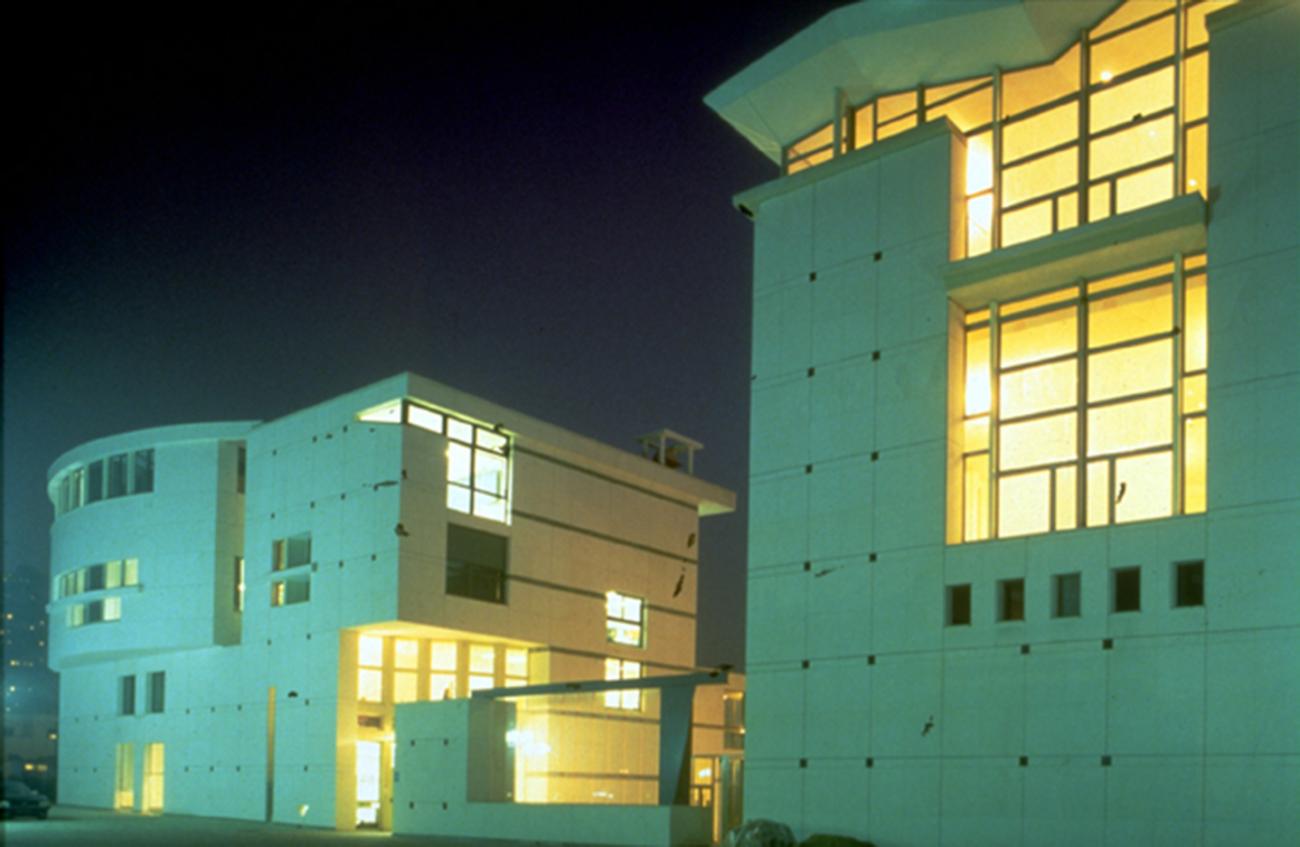
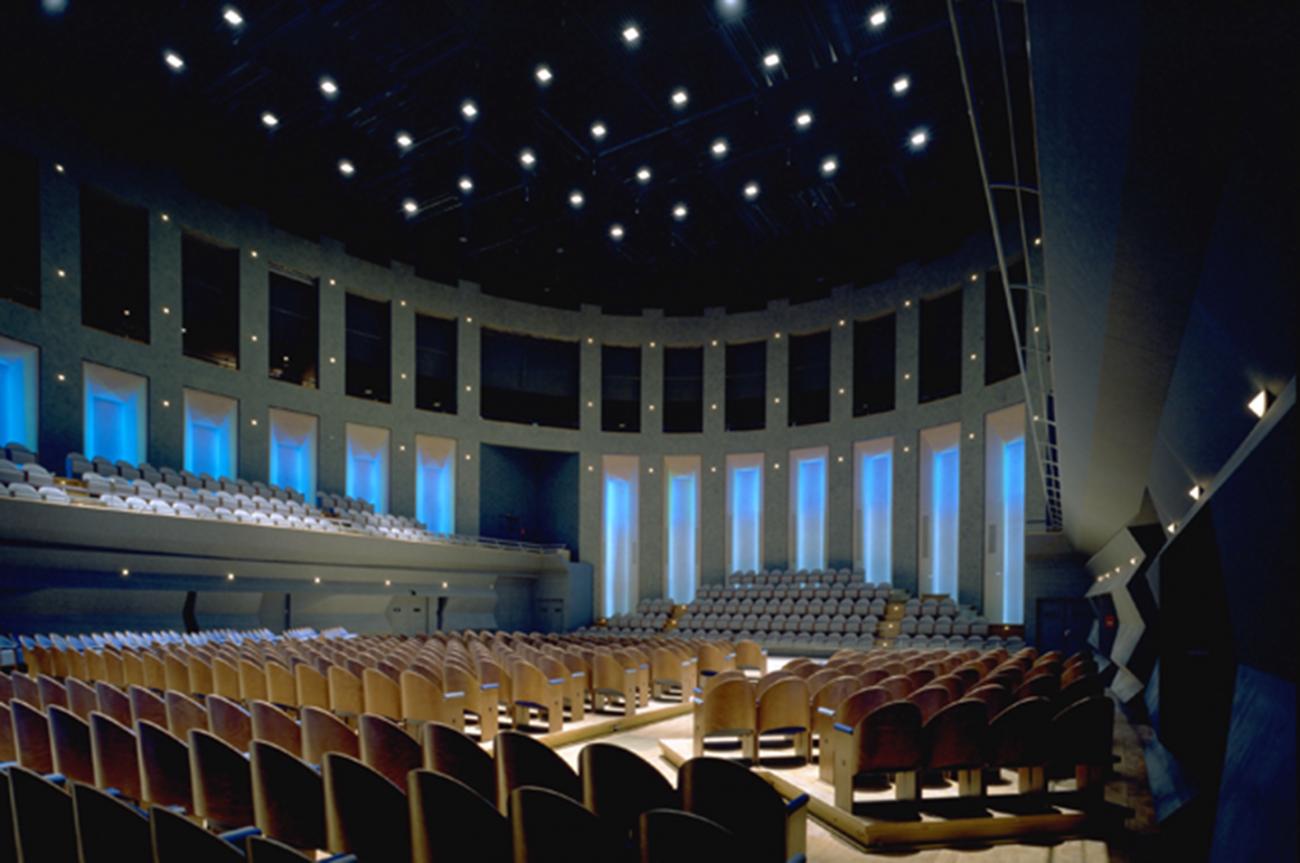
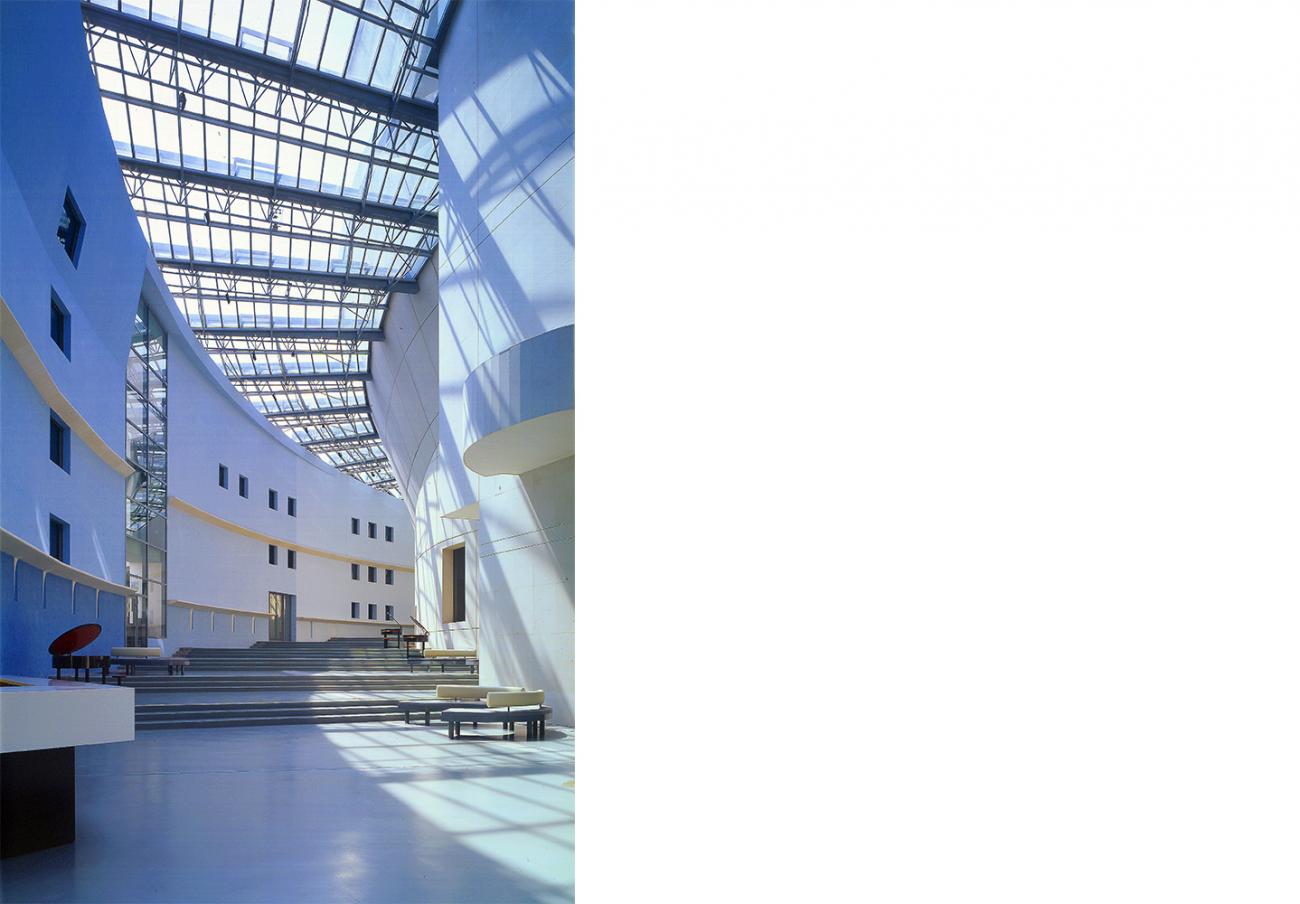
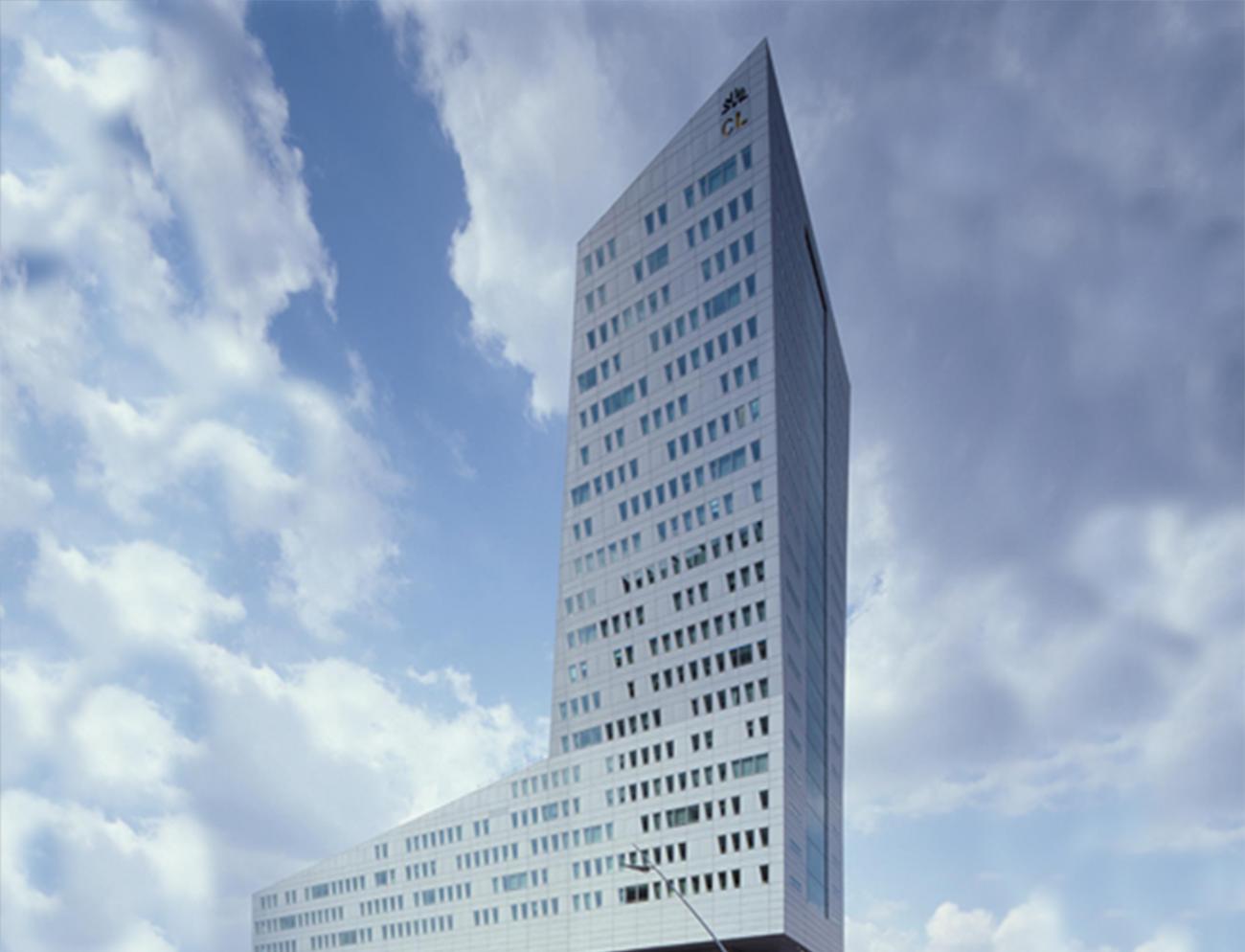
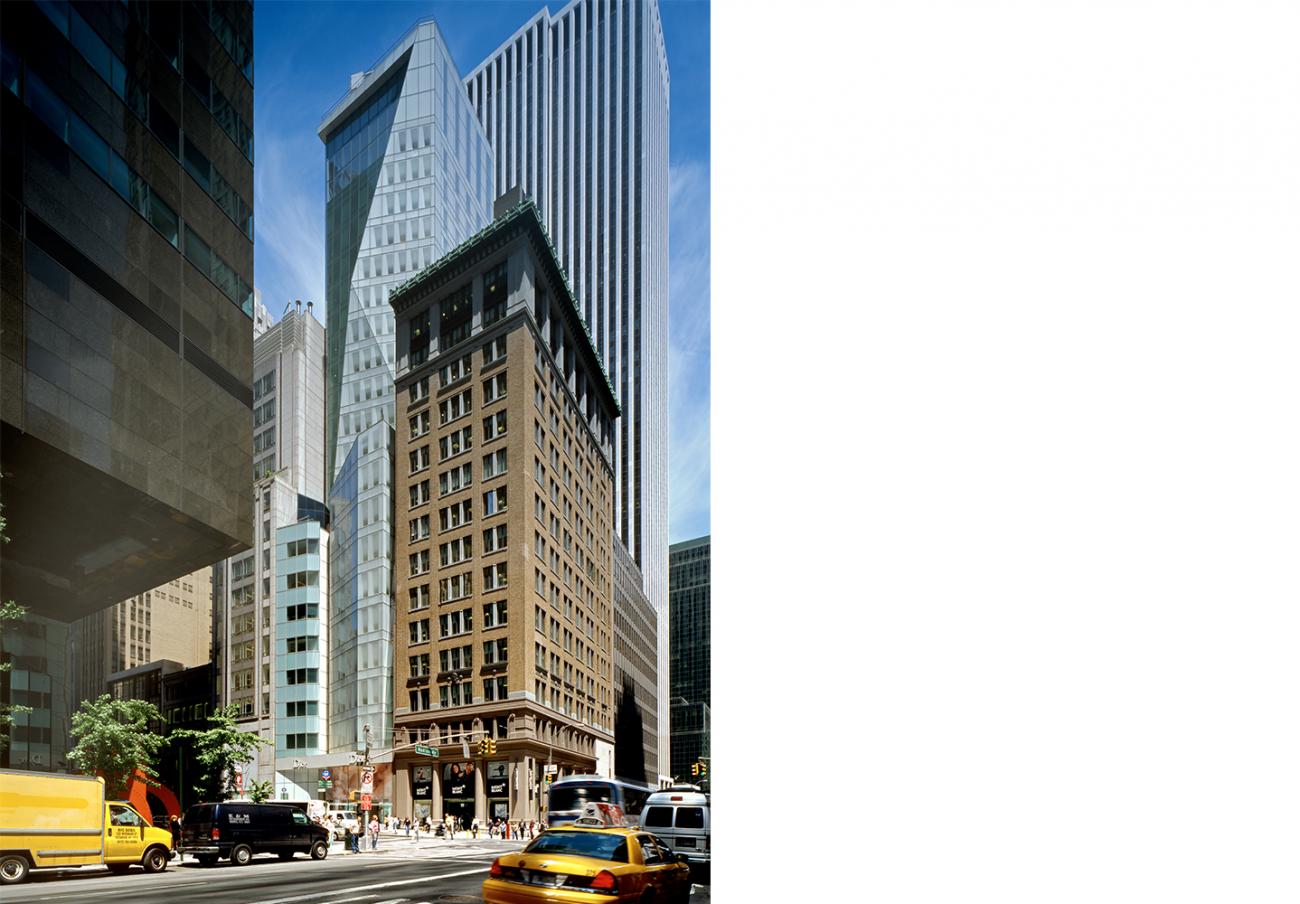
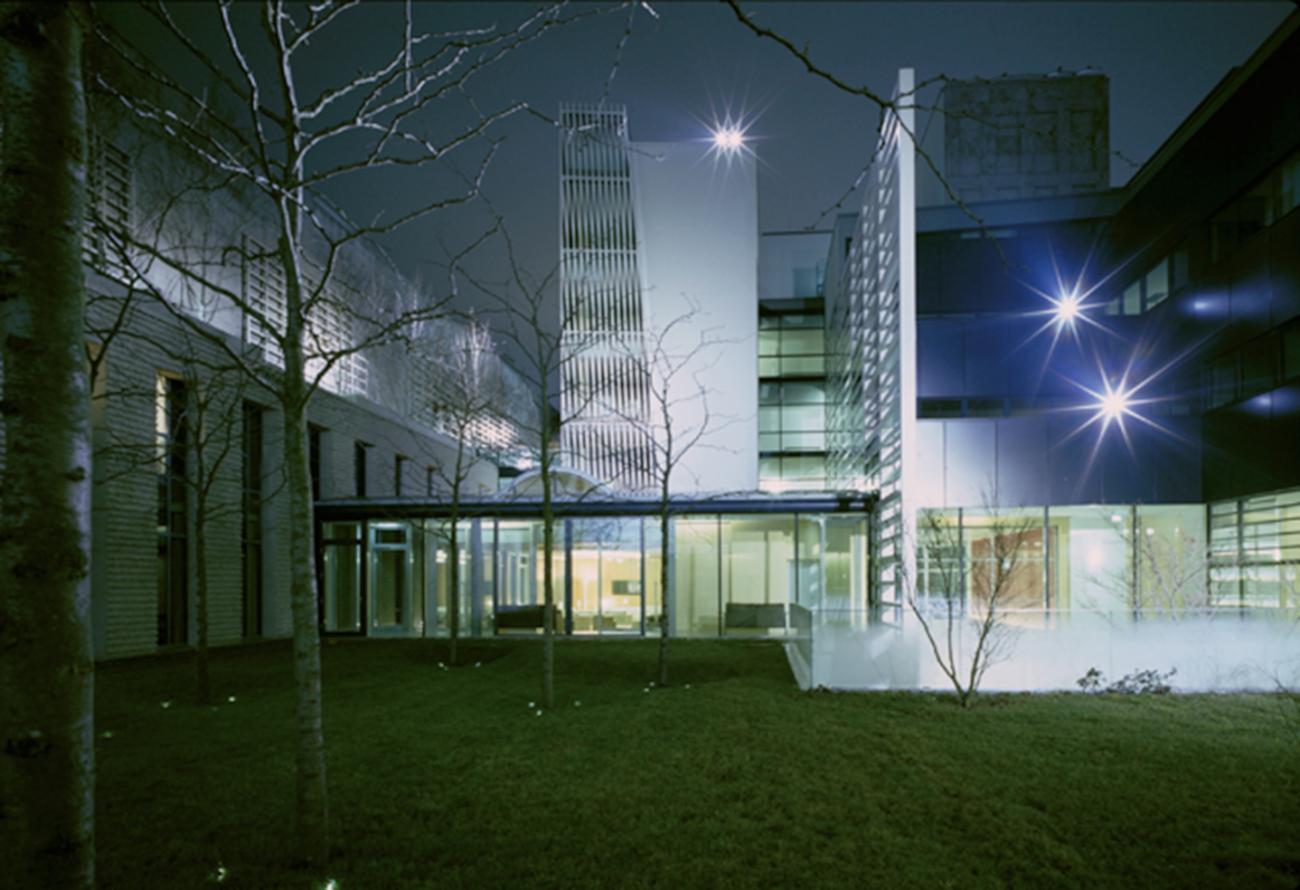
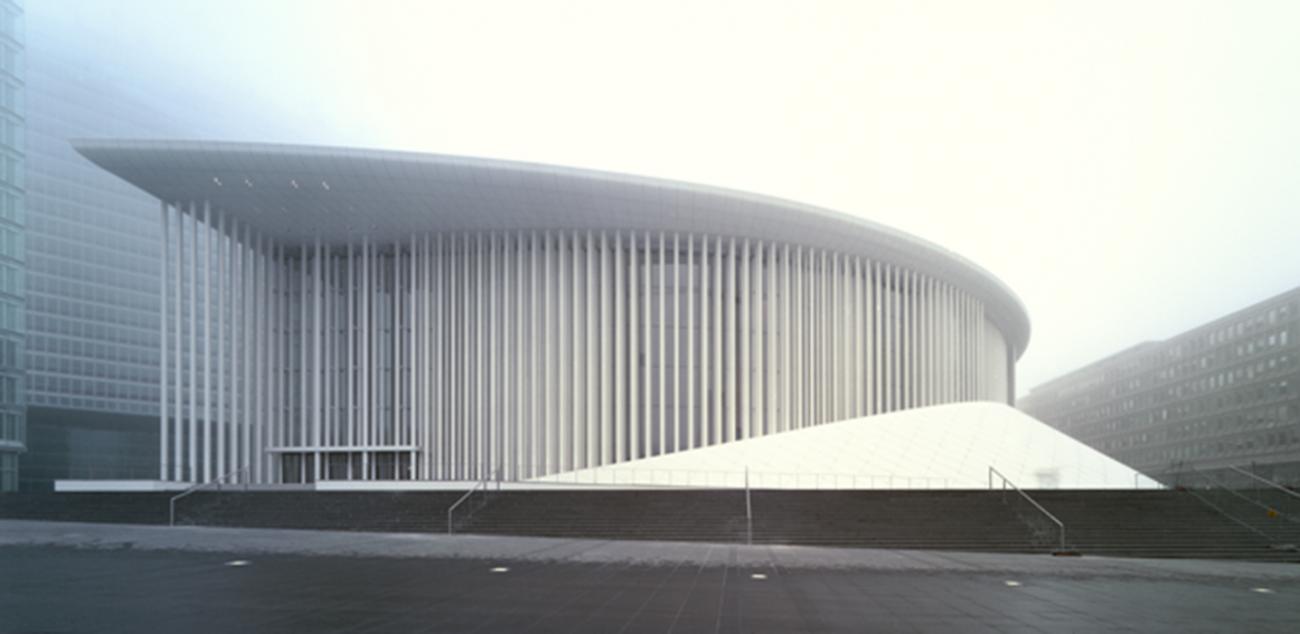








 Columbus, Indiana, a small town some 45 miles south of Indianapolis, is a showcase of modern architecture with over fifty buildings designed by internationally recognized firms. Architectural enthusiast and Chairman of Cummings Engine Company, J. Irwin Miller was influential in bringing quality architecture to the town. His support of modern architecture began in 1937 when Elliel Saarinen received the commission to design a church in Columbus. In support of the concept that the built environment is crucial to a quality community, patronage was moved from an individual effort to a broader endeavor with the founding of the Cummings Engine Foundation. Established in 1954, its mission was to pay architects’ fees for any civic building designed by an architect selected from a list of approved professionals. Professionals such as Harry Weese, Richard Meier, I.M. Pei, SOM, and Venturi & Rauch, among others, have built in Columbus.
Columbus, Indiana, a small town some 45 miles south of Indianapolis, is a showcase of modern architecture with over fifty buildings designed by internationally recognized firms. Architectural enthusiast and Chairman of Cummings Engine Company, J. Irwin Miller was influential in bringing quality architecture to the town. His support of modern architecture began in 1937 when Elliel Saarinen received the commission to design a church in Columbus. In support of the concept that the built environment is crucial to a quality community, patronage was moved from an individual effort to a broader endeavor with the founding of the Cummings Engine Foundation. Established in 1954, its mission was to pay architects’ fees for any civic building designed by an architect selected from a list of approved professionals. Professionals such as Harry Weese, Richard Meier, I.M. Pei, SOM, and Venturi & Rauch, among others, have built in Columbus.